The flow of a fluid around a solid object is an everyday phenomenon – water flowing around the rocks in a stream, air being funneled through a gap between buildings – and changing the shape of a solid object allows active manipulation of the direction of flow – ailerons and the rudder on an aircraft work in exactly this way. But in a microfluidic device, where we consider extremely small volumes of liquid, moving at sub-millimeter lengthscales, moving solid objects to affect the flow can be difficult, with fine control of the flow being challenging.
However, the active control and manipulation of flow streamlines, as well as interfaces between fluids, at micron and millimeter scales often plays an important role in many industrial and technological applications, and so significant effort has gone into this area of research. In this talk I will present some recent work on how liquid crystal materials offer a new way to tackle these challenges. I will begin with an introduction to the world of liquid crystals – which are viscoelastic liquids in which microstructure and flow are intrinsically linked – and then show how, through electrostatic manipulation of the microstructure and thus the viscosity, it is possible to create controlled manipulation of streamlines and free-surfaces – equivalent to placing a solid or porous object in the way of the flow, with the added benefit of being able to actively alter the porosity. In this work we have considered two examples to demonstrate the effect: flow of a liquid crystal rivulet down an inclined substrate, in which this viscosity manipulation effects lead to changes in the rivulet height, equivalent to the rivulet flowing over an obstacle; and Hele-Shaw flow, in which viscosity manipulation leads to tailoring of streamlines around a virtual porous object. In both cases we have confirmed our theoretical results using equivalent experiments. This effect, and the fine control possible with liquid crystals, has the potential for active control of many more fluid systems such as viscous fingering, particle transport, mixing and coating flows.
This work is a collaborative project involving a team of theoreticians at Glasgow and Strathclyde (Dr J.R.L. Cousins, Prof. S.K. Wilson and Dr B.R. Duffy) and a team of experimentalists at Nottingham Trent (led by Dr A.S. Bhadwal and Prof. C.V. Brown) and has been supported by the EPSRC, through research grants EP/P51066X/1 and EP/T012501/2, and Merck KGaA.











